The Genotype-Phenotype Relationship
Fabry disease is experienced differently by each patient
With more than 1000 known mutations of the GLA gene, there is no single genotypic anomaly that causes Fabry disease,1 and manifestations of the disease can differ significantly from individual to individual.2,3 In one study, the functional effects of 3 different mutations that cause Fabry disease were studied. Each mutation can present in a unique way.4
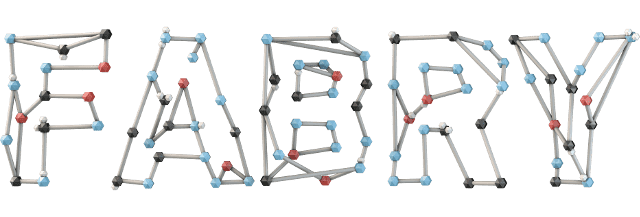
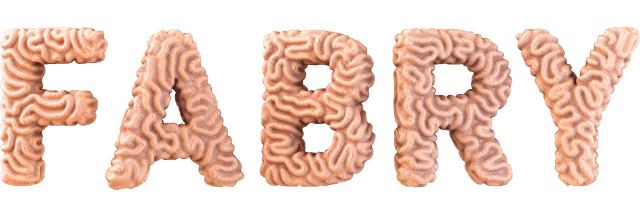
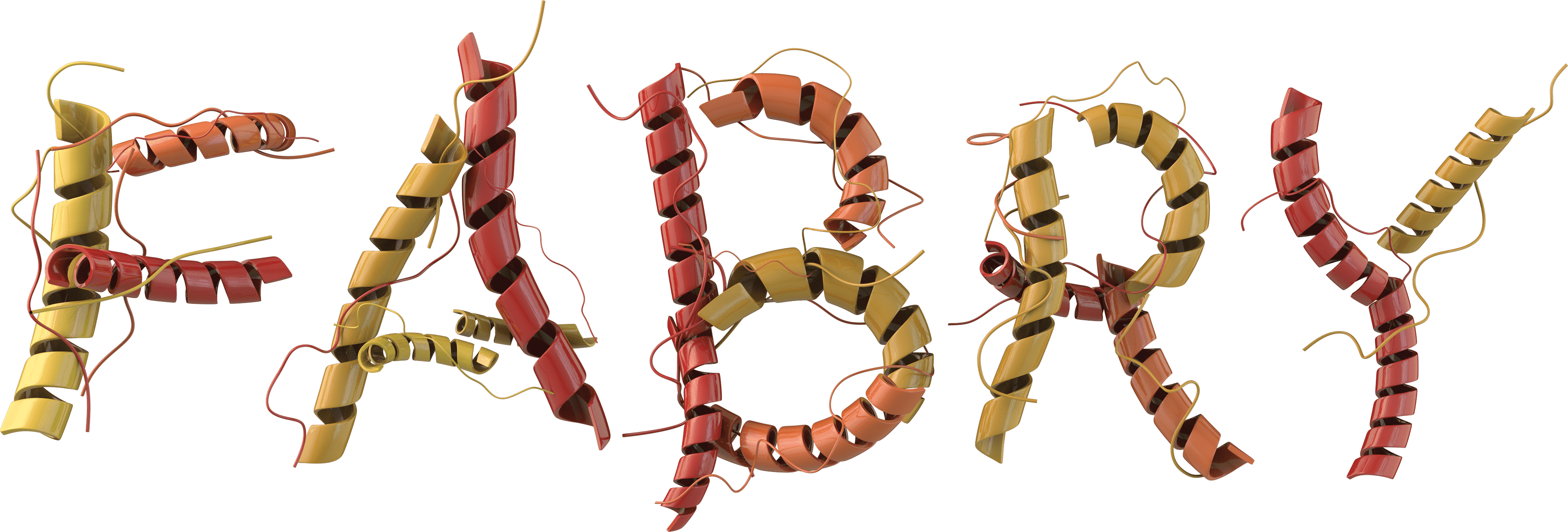

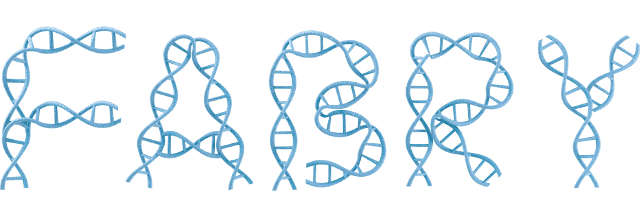

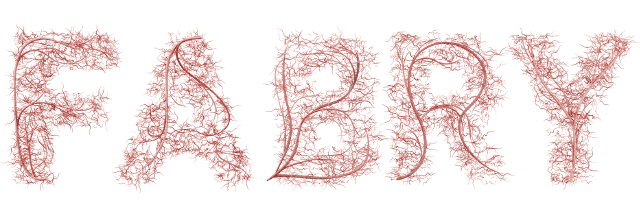 Facts
Facts




